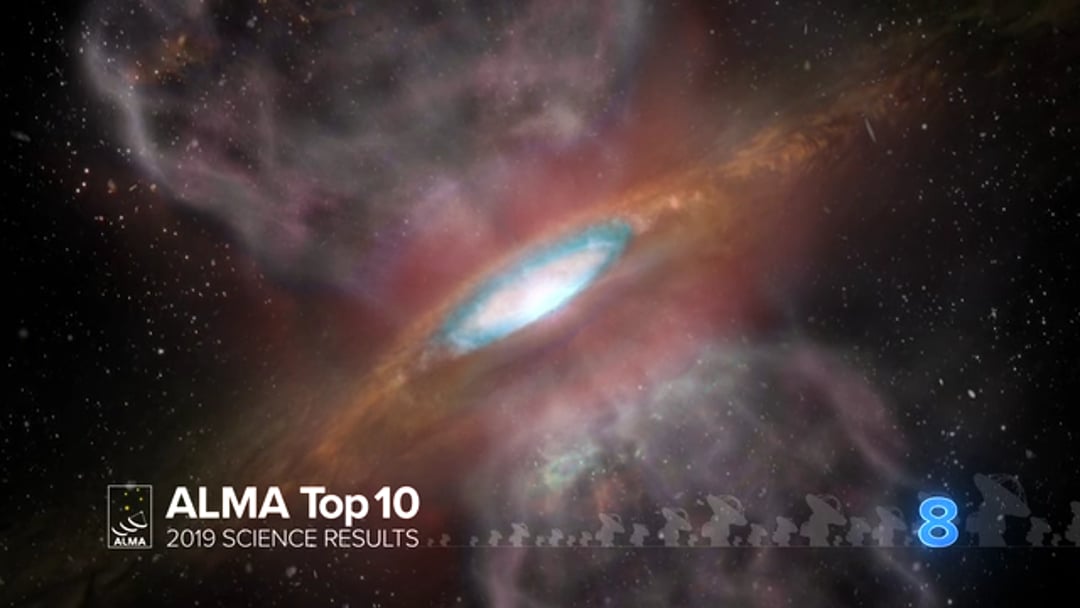What Causes the Sun’s Periodic Vertical Oscillation Through the Plane of the Galaxy?

Question:
I’ve had a burning desire to understand the movement of our sun in relation to the galaxy. This might require multiple questions to answer but it also might just be answered by the first question.
1. Our sun rotates around our galaxy center gravitational pull as earth does with our sun. Does it also ascend and descend above and below the galactic center plain? If so…
2. What causes the upward/downward movement as observed in a two dimensional depiction of our suns movement?
3. If it does in fact move in a fashion observed as a frequency motion, then in a three dimensional observation of our sun’s movement would show a circling motion as it moves forward along the x,y axis of the plain while also ascending and descending on the z axis almost orbitting another object. If this is slso the proper description of the movement of our sun…
4. Wouldn’t this require a binary companion to allow for such a movement?
To wrap up my inquisition, if our sun did not have a binary companion, it’s motion around our galaxy should be a flat line and follow the level path of our galactic plain correct? Or do we cross the galactic plain only twice per full galactic orbit making our sun’s movement comparable to Pluto’s orbit around our sun? With a tilt and inky ascending and descending once per full orbital cycle?
Thank you for taking your time and answering my question. I could explain my question better if face to face with a magic marker and a white board in front of me.
Answer:
Your description of the overall motion of the Sun through our galaxy is correct. The orbital motion of the Sun around the galaxy is roughly circular, with an orbital period of ~225 Myr. That circular motion has superimposed on it a periodic vertical oscillation back and forth through the plane of the galaxy with a period of ~26 Myr. When the Sun is located above the plane of the galaxy, the mass of stars, gas and dust within the galaxy exerts a downward force, pulling the Sun down towards the plane. This results in a downward acceleration of the Sun and solar system until it passes through the galactic plane and out the other side. Once the Sun is below the plane of the galaxy, the system now feels the same restoring force pulling it upwards, causing its vertical motion to slow, stop, and then reverse. The result is that the Sun’s motion around the galactic center is composed of two motions, with the Sun oscillating up and down as it moves around the center of our galaxy.





